Cydia fagiglandana
(Zeller, 1841)
-
 Subfamily: Olethreutinae, Grapholitini
Subfamily: Olethreutinae, Grapholitini -
 Wingspan: 12-16 mm
Wingspan: 12-16 mm -
 Flight period: May - Jul
Flight period: May - Jul -
 Spread: Common
Spread: Common -
 Host plants: Fagaceae, Betulaceae
Host plants: Fagaceae, Betulaceae
Information
The Cydia fagiglandana also called Beech Moth is a moth of the Tortricidae family with a wingspan of 12-16 mm.
It is widespread in most of Europe (closely related to the distribution of its favorite host - Fagus sylvatica),
it is absent from Croatia, Ukraine and the Baltic countries *.
Its range extends to the north of Iran and central Asia.
In Italy it is also present in the islands *.
The front wings of the Cydia fagiglandana have a white or greyish background color coarsely streaked with dark brown and lead gray, the entire wing,
including fascial markings, they are abundantly sprayed with pale ocher yellow producing a floury effect.
The costa is marked with black-brown streaks, more intense after the middle, with two or three leaden streaks; there is a variable spot,
generally dark and streaked, in the mid-dorsal area. The fascial markings brown tending to dark gray, streaked with black. ***
Basal and sub-basal bands united forming a single spot. Narrow median band, the ocellus is large and develops in a variable way,
edged with leaden metal striae, containing three or four variable black dots. The fringes are the same color as the basal area sprinkled with white and gray. ***
The rear wing is shaded gray. **, ***
Minor variations are found in the general coloring and markings of the hind wings, particularly in the depth and intensity of the yellow-ocher spraying.
The black dashes in the ocellus are sometimes reduced to a few flakes or may be completely absent. **
Sexual dimorphism is not evident. The Cydia fagiglandana is a univoltine species.
The flight period for adults is from May to July. Moths mainly fly near the tops of host plants.
The eggs are deposited on the base of the stigma of the flower (beech) or on the fruits (chestnut).
On the beech, the newborn larva eats through the still incomplete pericarp. The hole closes and is no longer recognizable.
Usually only one larva is found per fruit. Feeding continues until October in the adjacent fruits of the beech.
Mostly the larvae leave the fruits of the beech emptied through an apical hole, before they fall from the tree.
The last stage larvae are up to 14 mm long. The emptied fruit is full of feces and a maximum of two exuvie.
The larvae wrap themselves in a cocoon in which they hibernate, either on the ground or inside the fruits of the beech. They leave these cocoons in the spring.
The pupation follows in April, and lasts about 15 days (variable).
On the chestnut tree, the Cydia fagiglandana is active between the end of flowering and fruit fall.
The eggs are deposited one by one on the fruits. Shortly after hatching, the larva makes a hole in the fruit.
Castanea and Quercus spp. they have fruits of sufficient size to allow the complete development of a larva without moving.
In fruits with small seeds such as those of Fagus sylvatica, the larvae often need to change fruit. ****
The Larva of the Cydia fagiglandana is up to 14 mm long; the head is light brown; the abdomen is yellowish white, suffused with red on the back, forming
indistinct longitudinal stripes, turning orange when the larva is fully developed. **
The pupa is found in a cocoon of spun silk, hard, sometimes on rotten wood or under bark or moss. They can cause severe infestations. **
Host plants: Fagus sylvatica (European favorite host beech), Castanea sativa (chestnut), Quercus robur (English oak), Quercus ilex (holm oak), Quercus suber (cork oak),
Quercus coccifera (thorny oak), Corylus (hazel). ****
* Lepidoptera mundi https://lepidoptera.eu/ - Fauna Europea https://fauna-eu.org/
** Bestimmungshilfe für die in Europa nachgewiesenen Schmetterlingsarten - http://lepiforum.de/
*** (Bradley et al., 1979)
**** (Bogenschütz, 1991; Postner, 1978; Bovey, 1966;. Bradley et al, 1979)
***** Tortricids of agricultural importance, TortAI - http://idtools.org/id/leps/tortai/Cydia_fagiglandana.htm
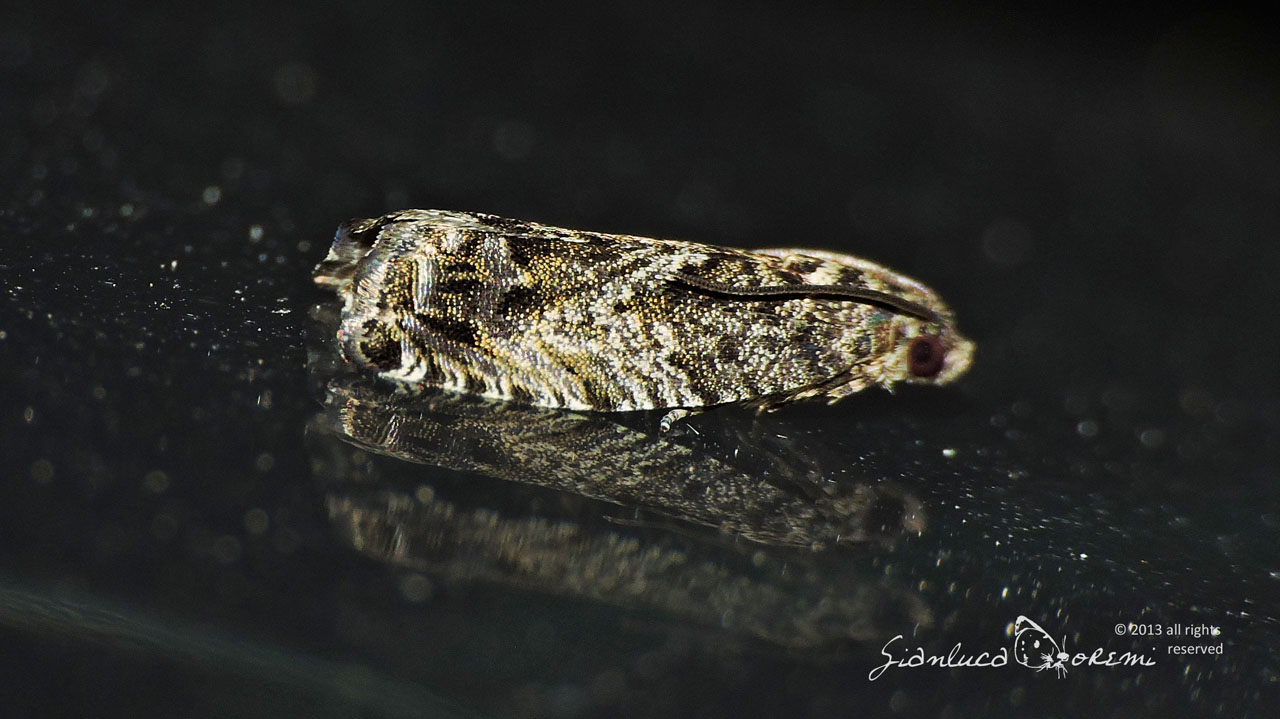
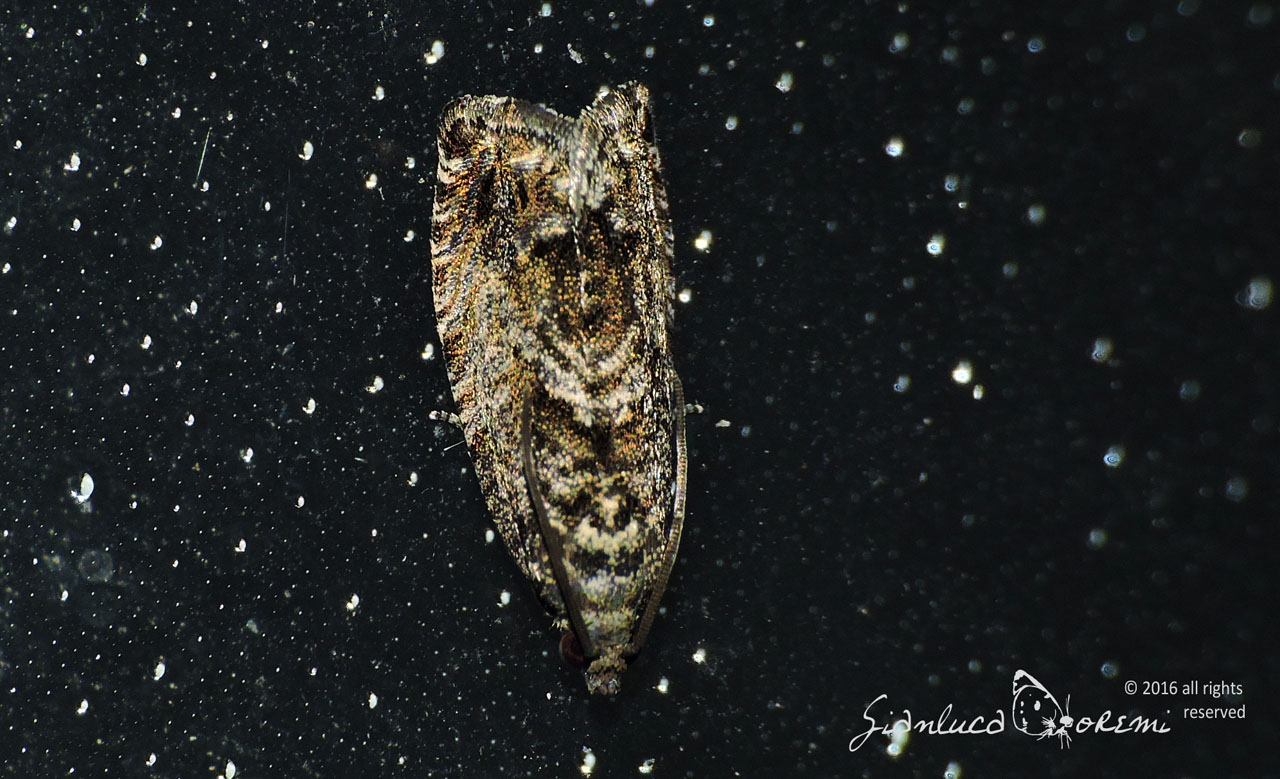
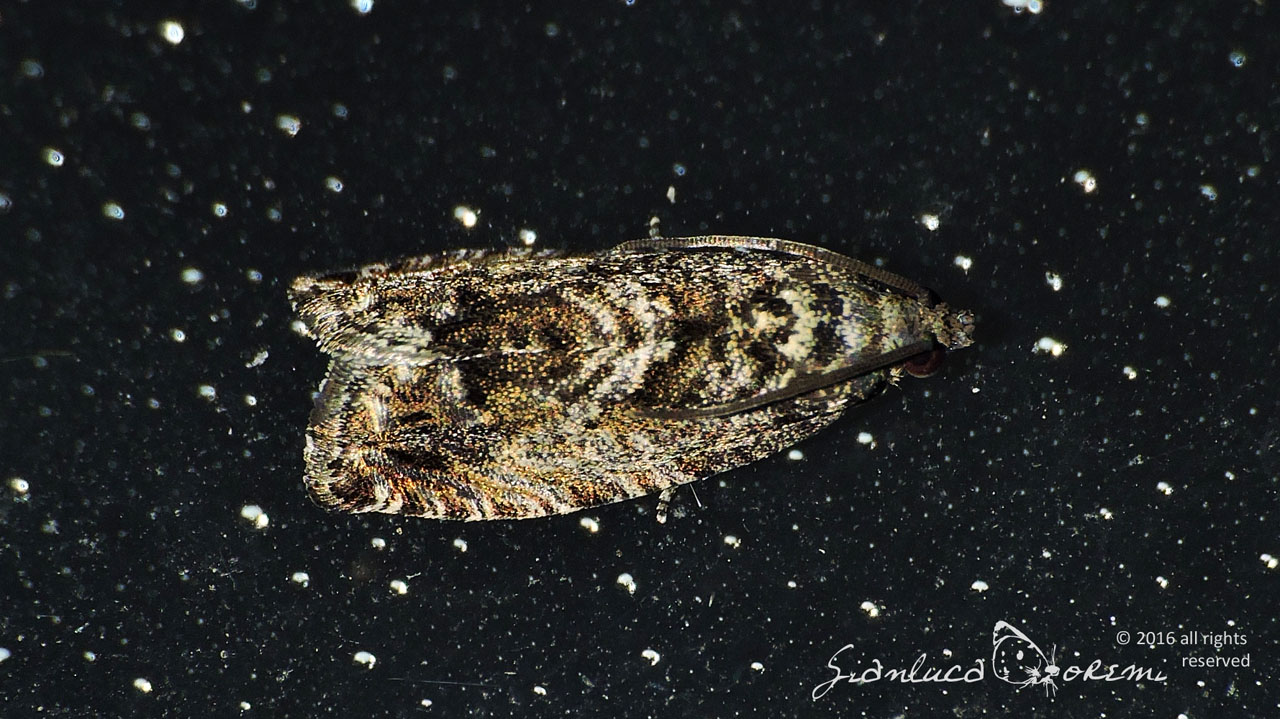
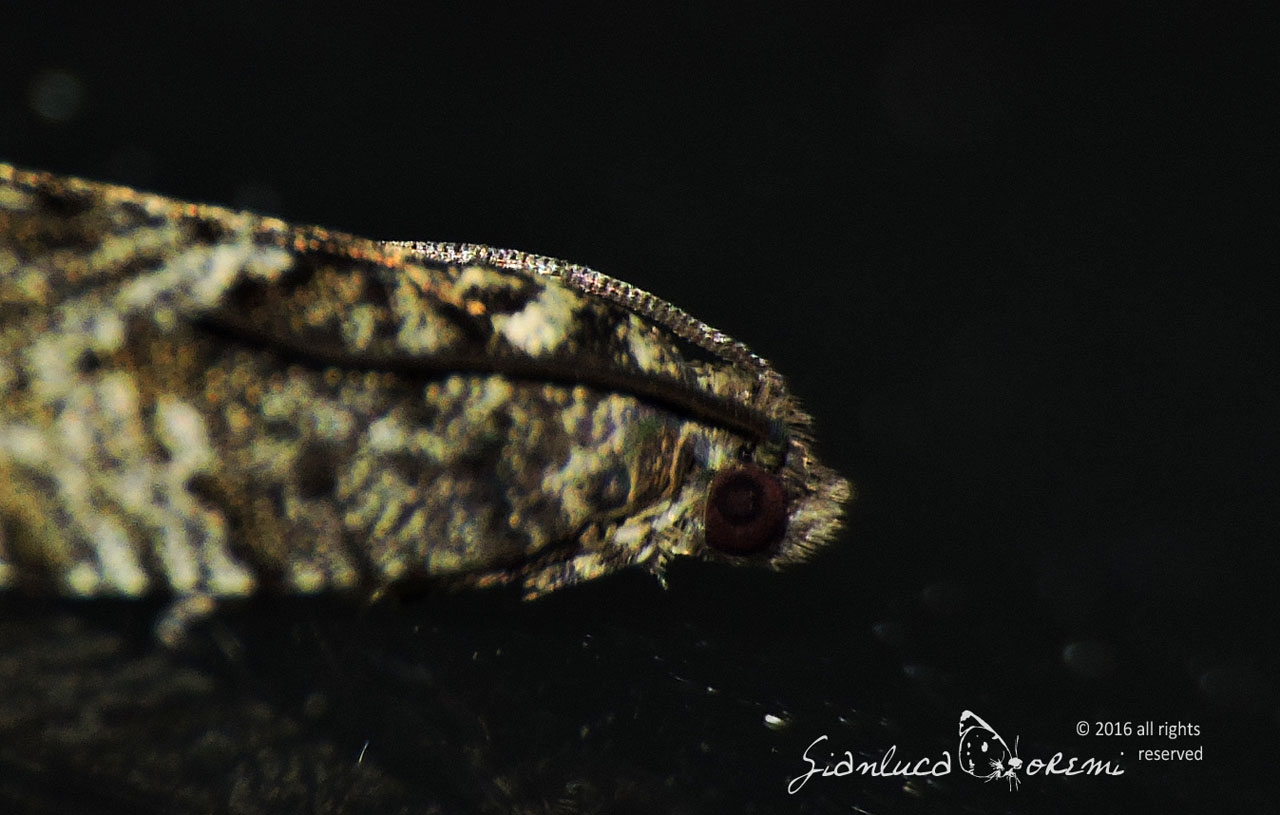
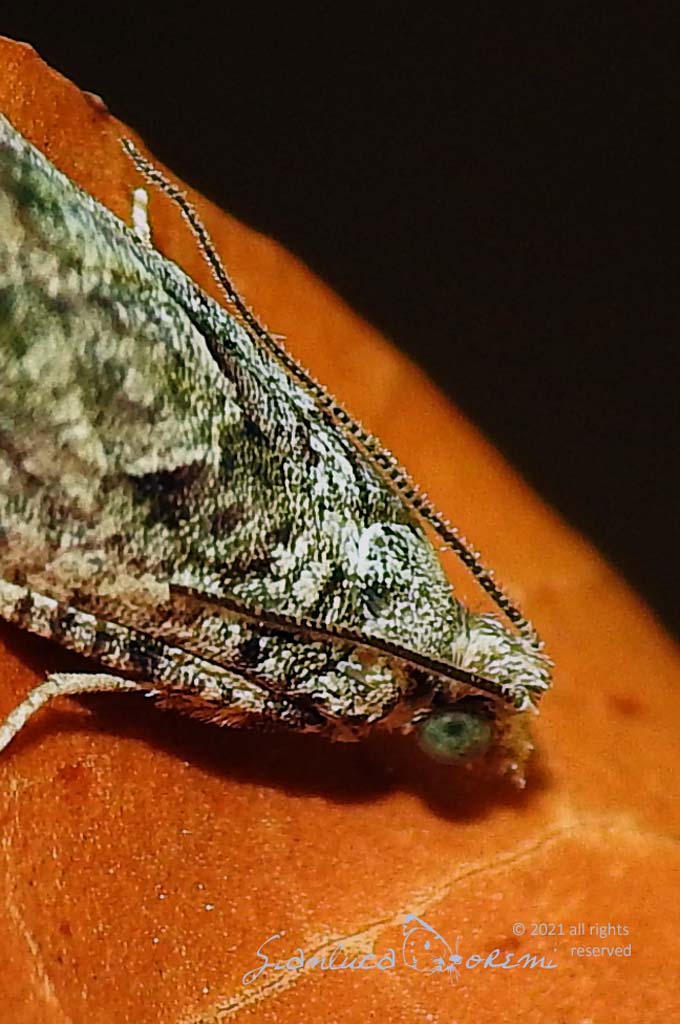
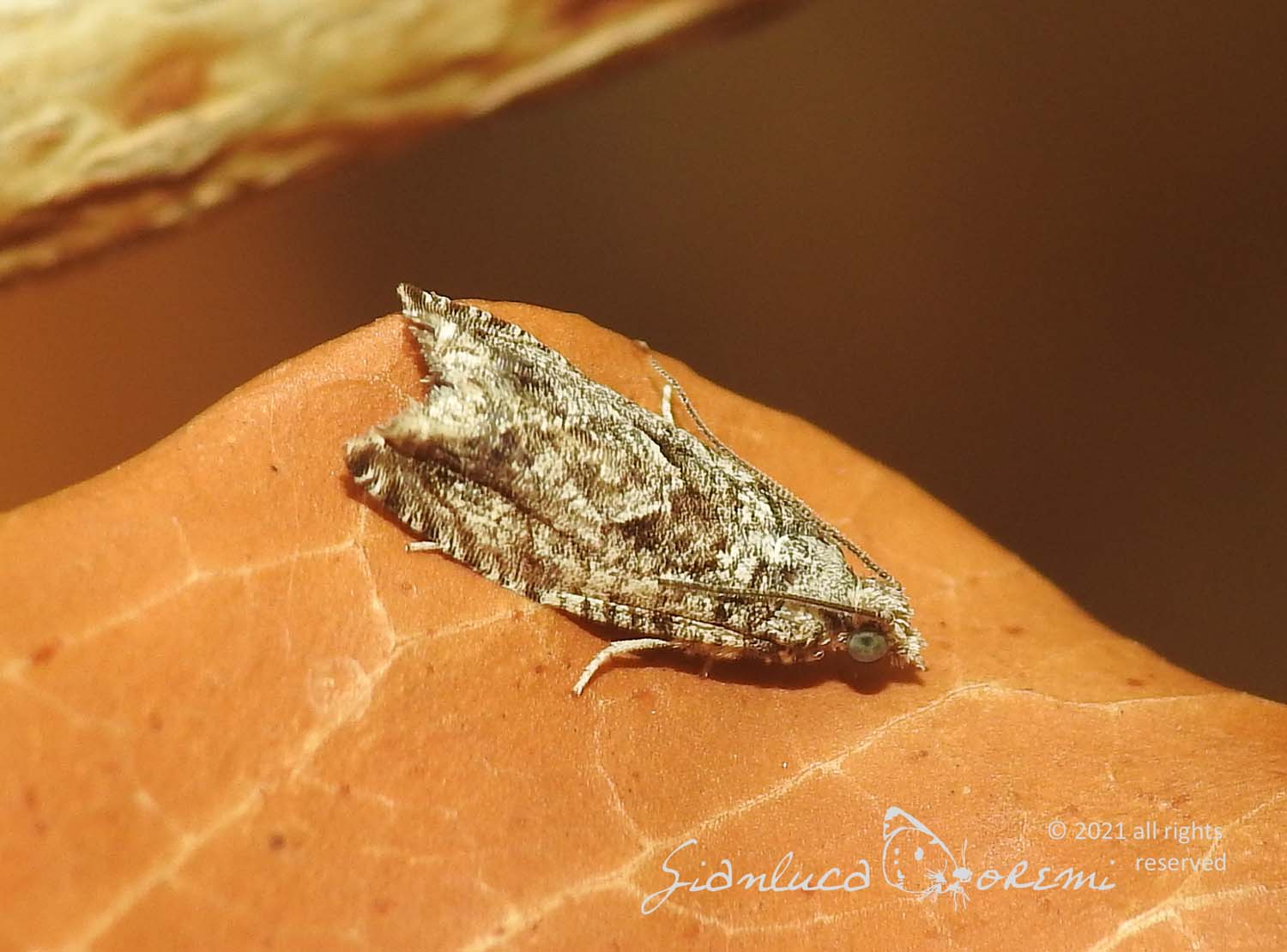
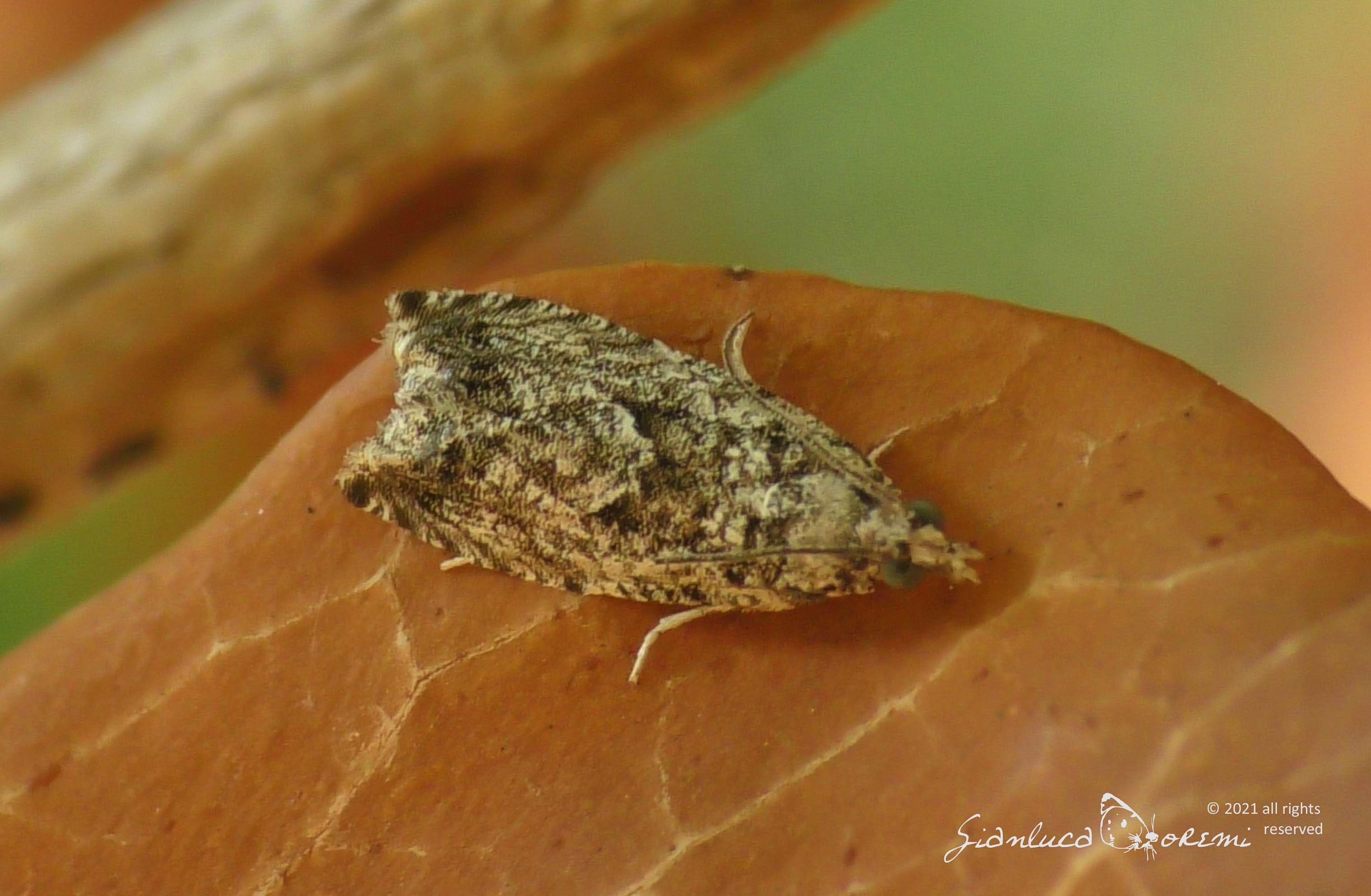

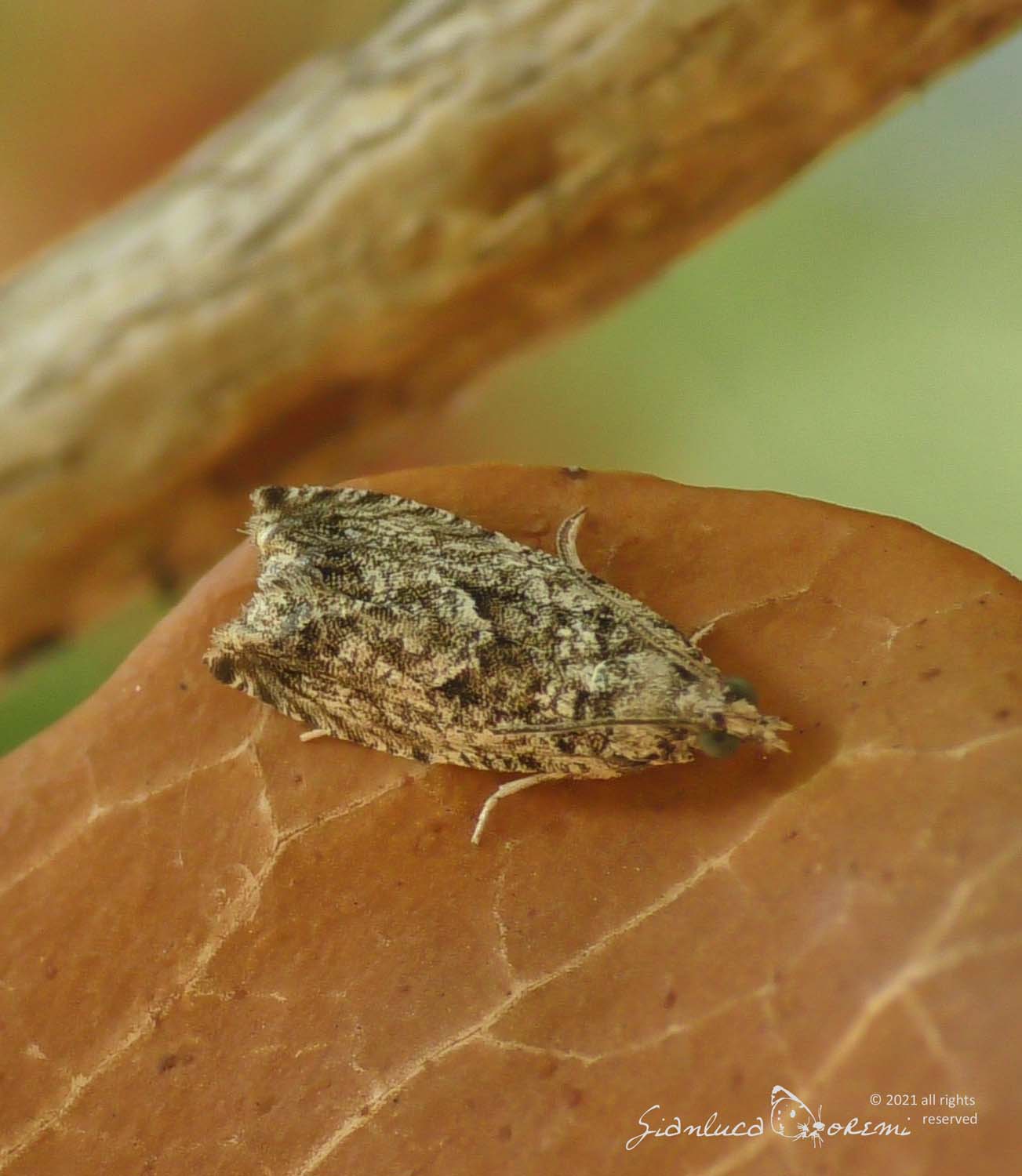
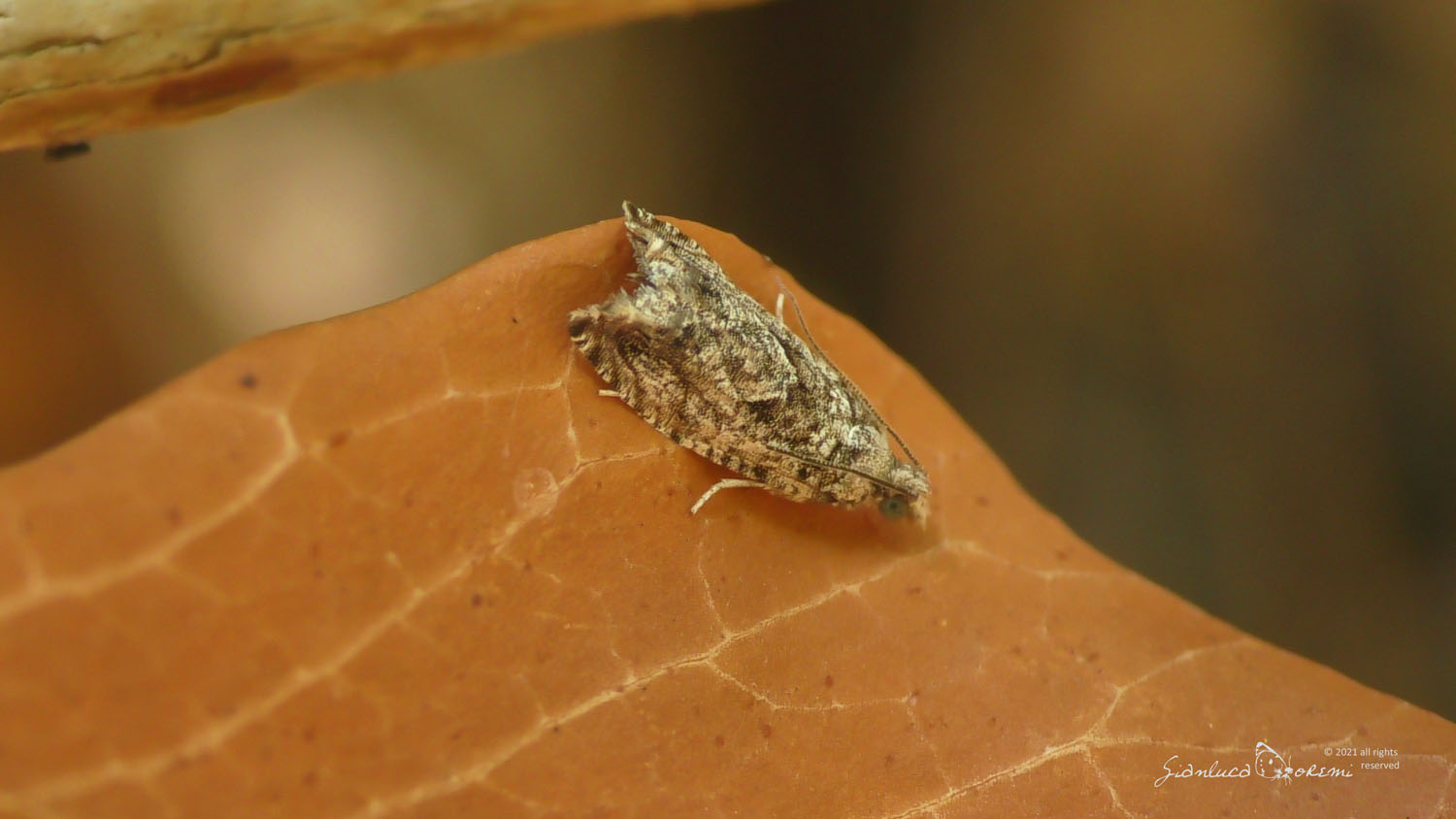

 EN
EN ITA
ITA
Social and publications